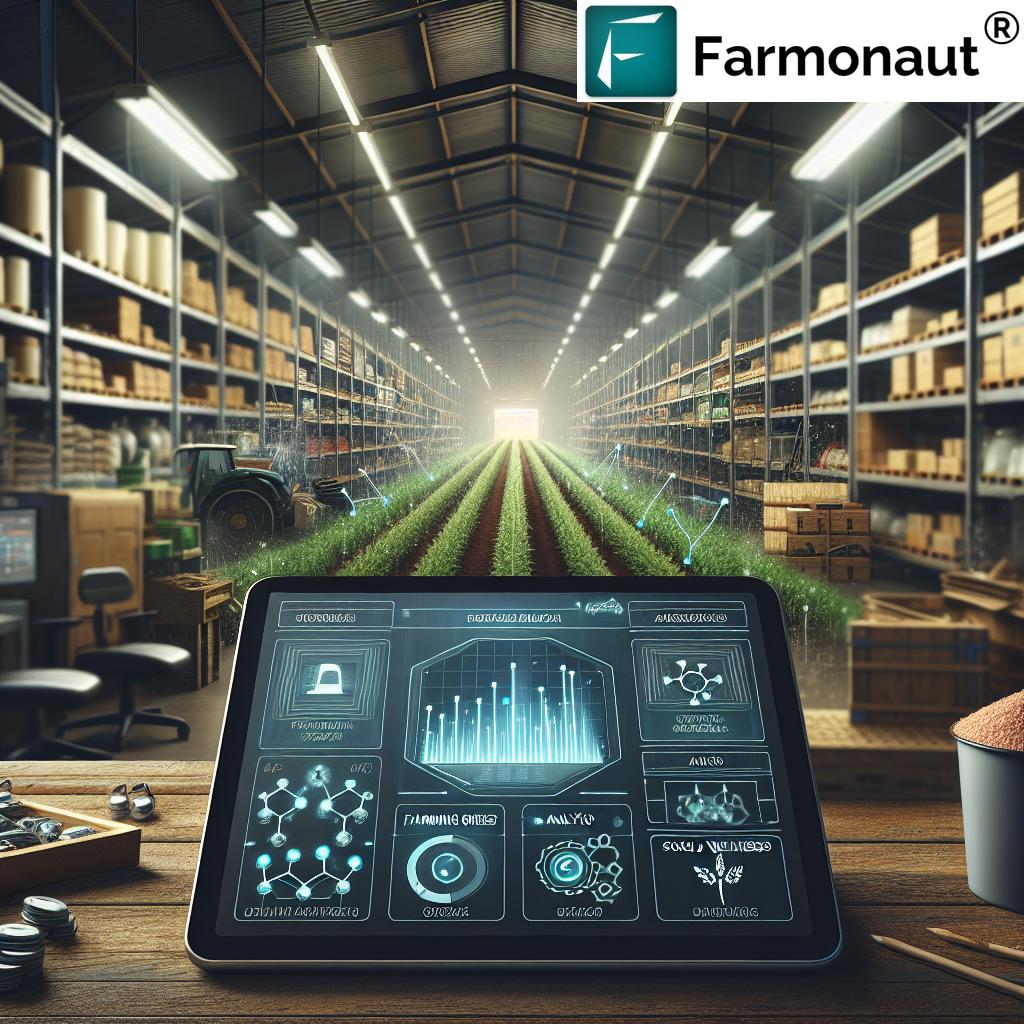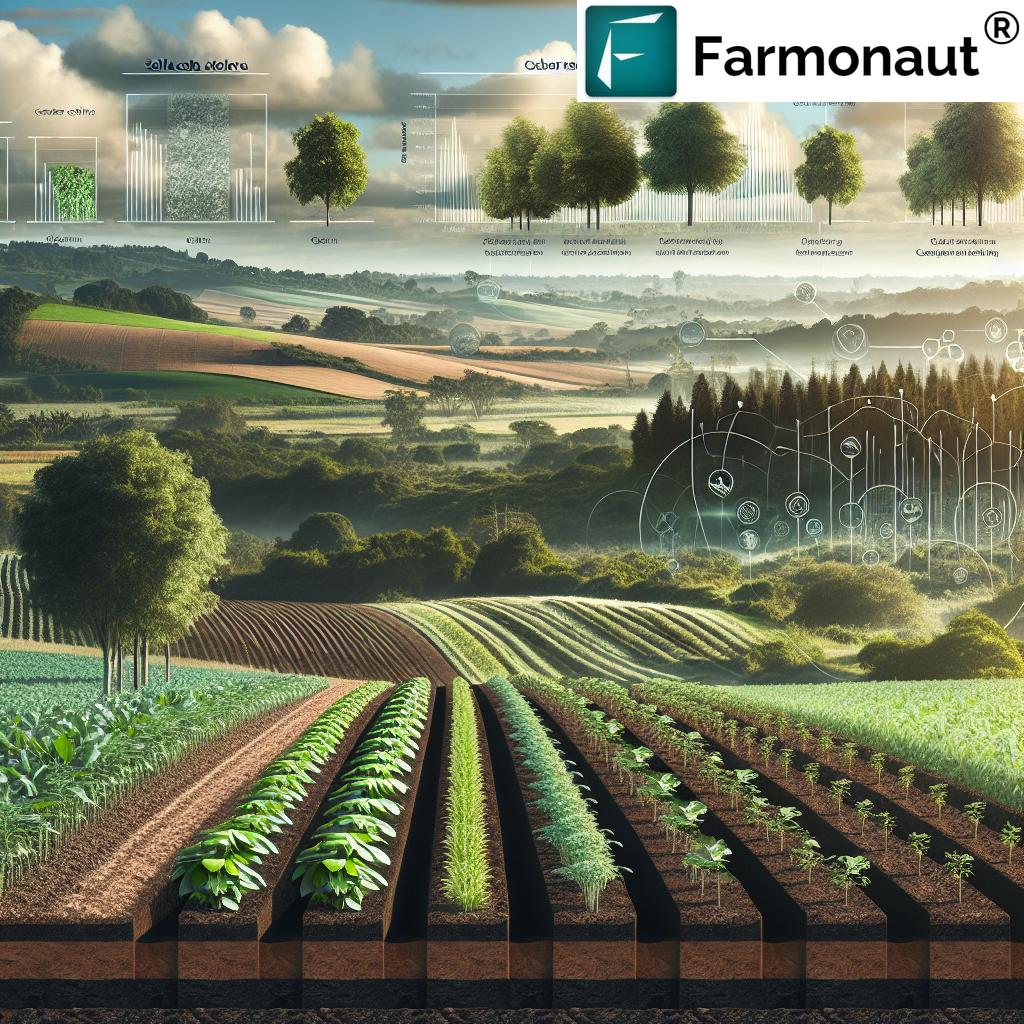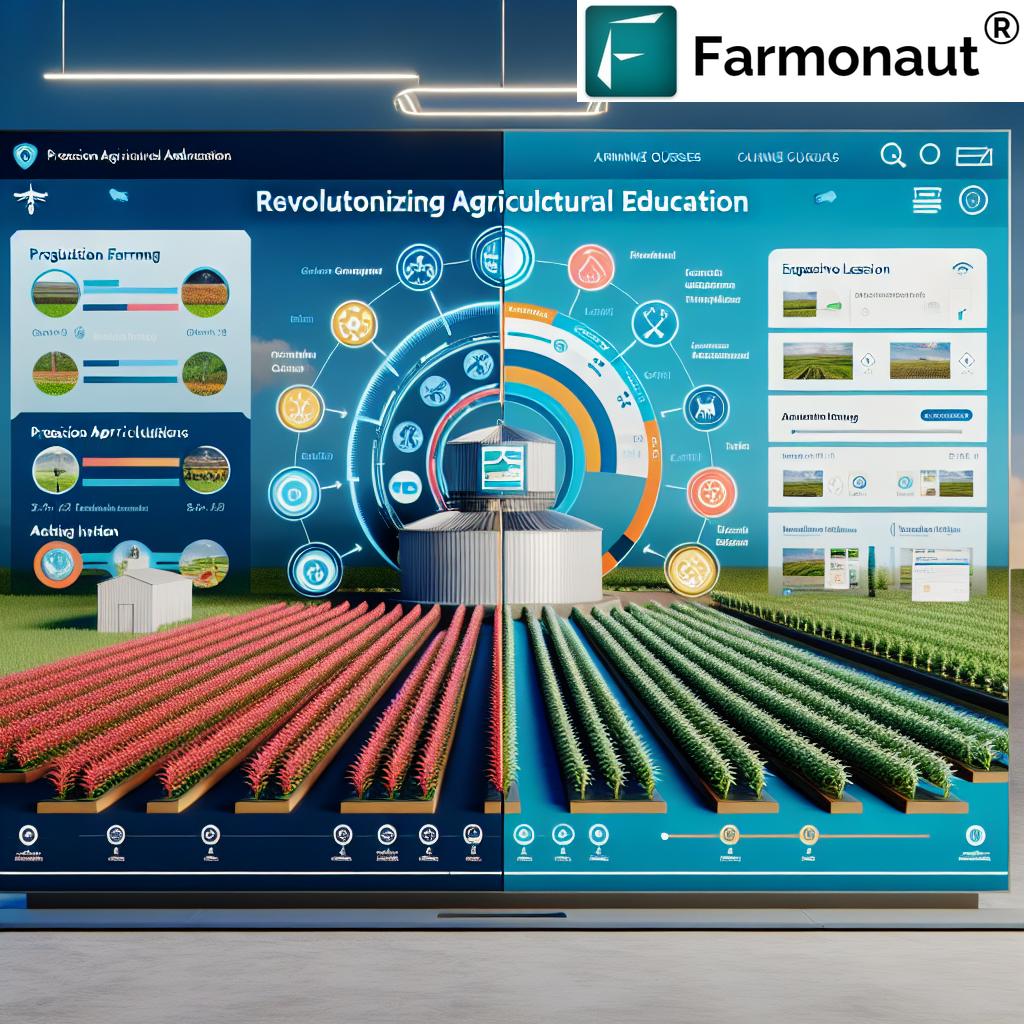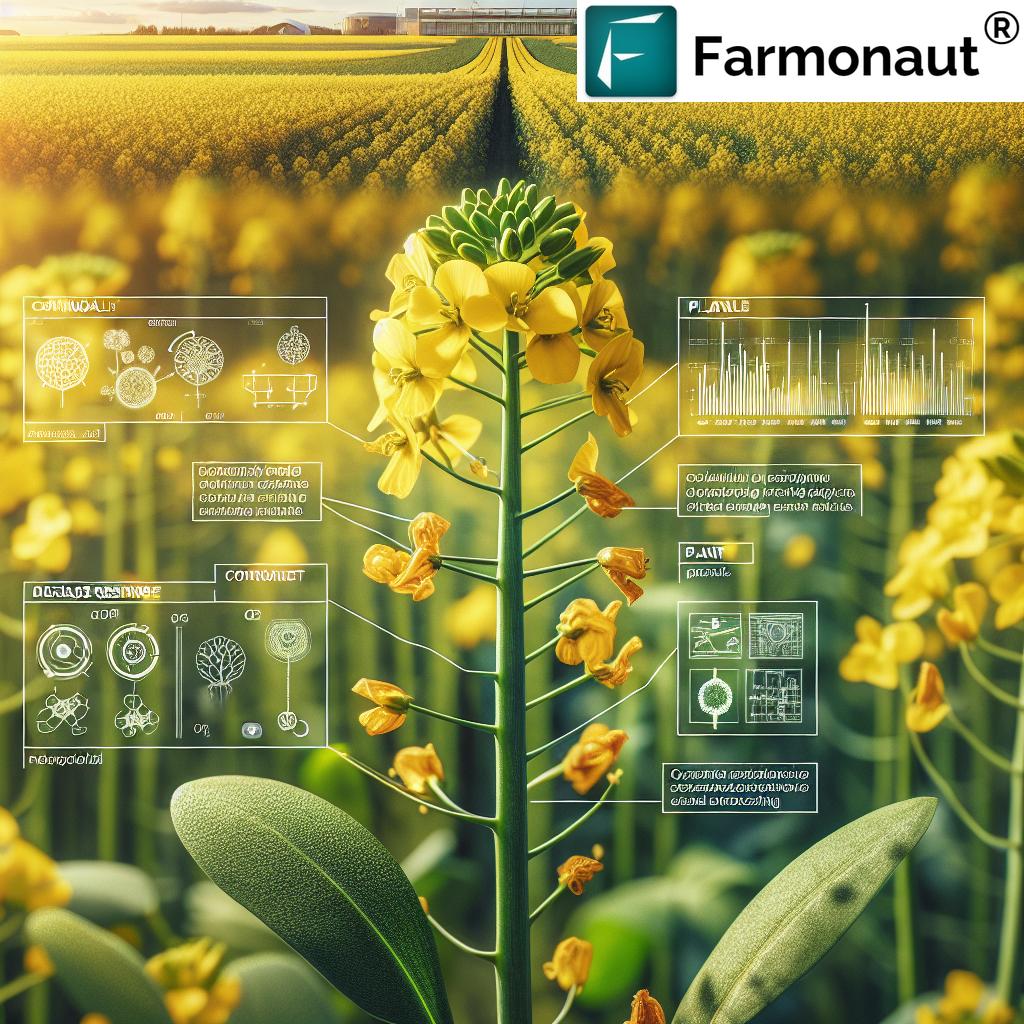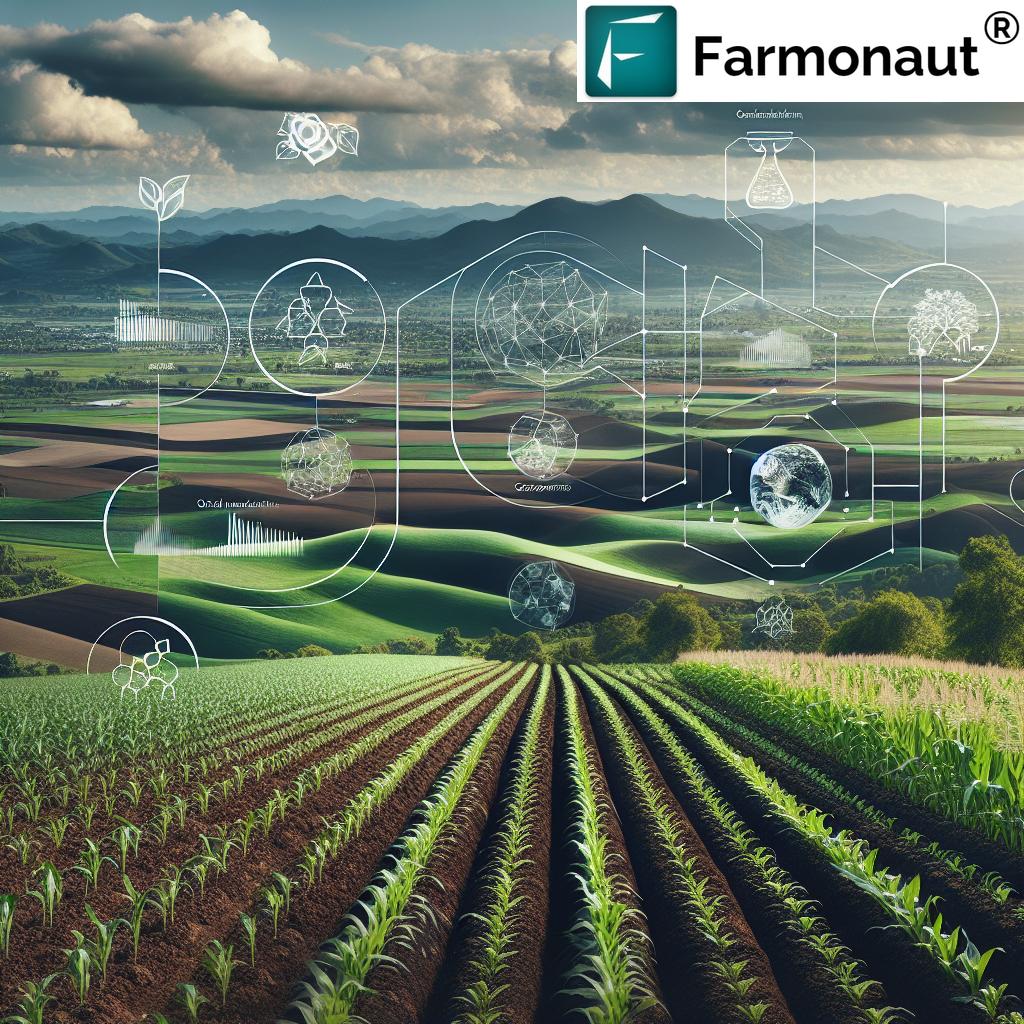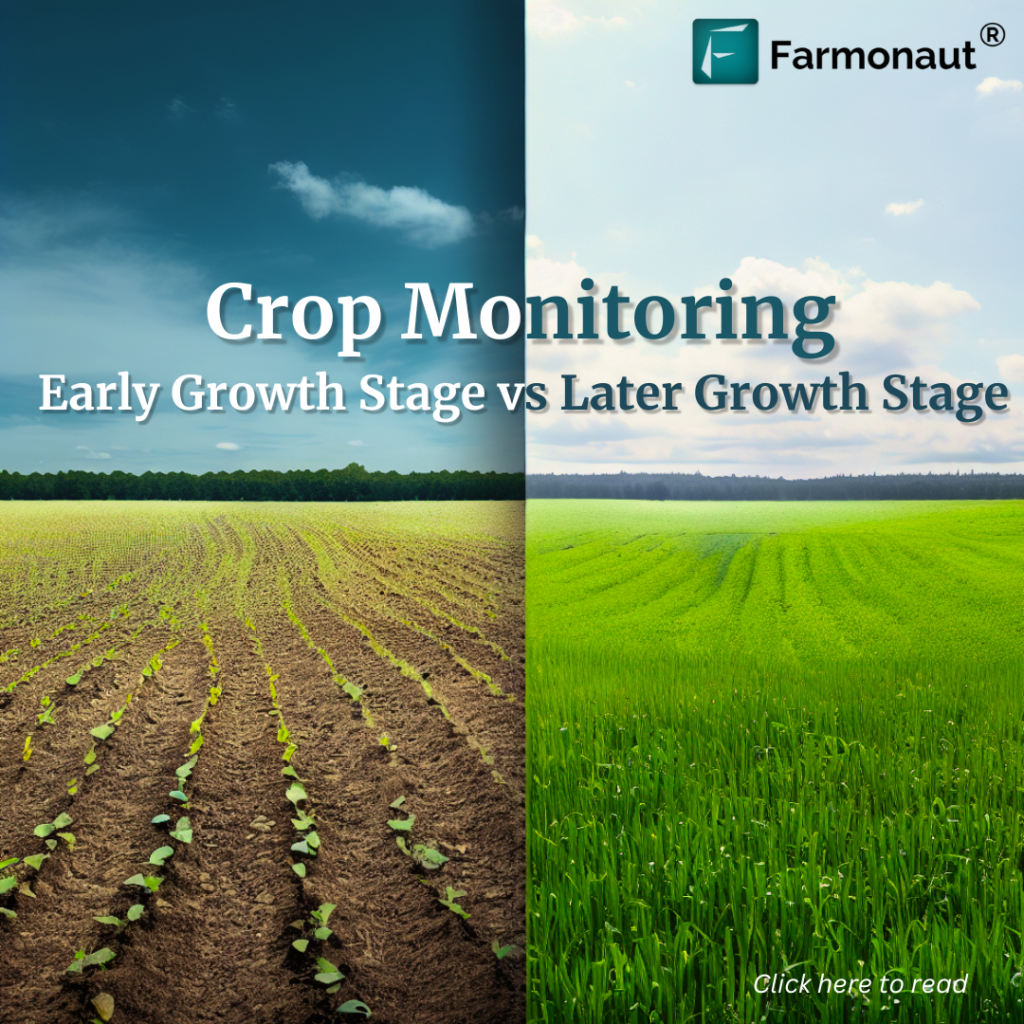Wealth Management Farmland: Top Strategies & Soil Health (2025 Guide)
“Healthy soil can increase farmland yields by up to 58%, directly impacting long-term wealth management strategies.”
Introduction: Wealth Management Farmland in 2025
The world of wealth management farmland is changing rapidly as we approach 2025. Today, global food demand is rising alongside climate change challenges, pushing farmers and agribusinesses to think beyond simple cultivation. It is not only about growing crops—it’s about strategically managing the land as a critical wealth asset, sustaining soil health, using technological tools for resource optimization, and implementing sustainable land stewardship to secure long-term value and economic viability.
In this comprehensive guide, we’ll explore core topics in wealth management farmland, soil health management in agriculture, and sustainable farming strategies. The aim: to empower landowners, investors, and producers with the best evidence-based approaches for yield improvement, resilience, and capital preservation. We’ll also demonstrate how precision tools and platforms (such as Farmonaut) help us monitor, analyze, and strategically manage these high-value assets in a world where every decision matters.
“Sustainable land stewardship practices can boost farmland value by 20% over a decade through improved soil health.”
Farmland as a Strategic Wealth Asset
The Evolving Role of Farmland in Wealth Management
Historically, farmland provided a base for agricultural production. In recent years, however, rich croplands have emerged as a valued, appreciating asset class within diversified portfolios worldwide. Land ownership is now recognized for its dual potential: generating stable income from ongoing crop yields and offering long-term capital appreciation as land scarcity and global population pressures mount.
Smart wealth management in farmland goes beyond acquiring land. It involves holding and leveraging this critical asset through ecologically sound practices—such as improving soil fertility and adopting sustainable resource use—to ensure robust returns even during periods of market volatility. Today’s leading investors and landowners increasingly adopt integrated approaches that tightly link agronomic best practices, risk mitigation, and financial planning.
Key Financial Considerations in 2025
- Taxation and Regulatory Compliance: Managing land tax implications and compliance with evolving land use regulations.
- Succession and Intergenerational Transfer: Creating frameworks for succession planning to preserve and grow family wealth across generations.
- Risk Mitigation: Hedging against climate volatility, market fluctuations, and environmental threats by prioritizing soil health and asset durability.
- Portfolio Diversification: Using farmland alongside other assets to reduce exposure to economic uncertainty, optimizing overall return and stability.
By strategically combining financial planning with effective land management agriculture and soil health management in agriculture, today’s farmers and investors can optimize their assets for productivity, value, and resilience.
Learn how satellite advisory and advanced data tools can help monitor compliance or property boundaries in our Product Traceability solutions.
Soil Health Management in Agriculture: The Foundation of Sustainable Wealth
Why Soil Health is Central to Wealth Management Farmland
At the foundation of any successful wealth management farmland strategy is the health and vitality of the soil itself. Healthy soils are dense with organic matter, microbial diversity, and vital nutrients, allowing crops to resist disease, absorb water efficiently, and yield predictably even in stressful seasons. In 2025, attention to soil health management in agriculture is not an option—it is paramount for agricultural viability and market value preservation.
- Yields and Economic Value: Robust soil increases productivity and stabilizes income.
- Resilience: Maintaining healthy soils reduces risk from climate extremes and droughts.
- Environmental Services: Practices that improve soil carbon sequestration are increasingly valuable as the world shifts toward carbon credits and biodiversity conservation incentives.
- Market Certification: Farms with strong soil health management in agriculture can qualify for premium sustainability certifications, benefiting from new market access and incentives.
For precision monitoring of soil moisture, nutrient status, and risks, advanced satellite and remote sensing tools have become indispensable in 2025.
Farmonaut’s API and easy-to-integrate Developer Docs offer streamlined access to these data layers, empowering both individual farmers and enterprise agribusinesses.
Best Practices for Restoring and Maintaining Soil Wealth
- Cover Cropping: Growing cover crops (like clover, vetch, or rye) between main crop cycles to protect the soil surface, add organic matter, and boost microbial activity.
- Reduced/Conservation Tillage: Limiting mechanical disturbance to reduce erosion, foster deeper root development, and build soil structure.
- Organic Amendments: Applying compost, manure, or plant-based residues to replenish nutrient balance and microbial diversity.
- Precision Nutrient Management: Using real-time data (via remote sensors and drones) to apply fertilizers only as needed, minimizing input costs and environmental runoff.
- Rotation and Diversity: Alternating crops to naturally manage disease cycles, improve nutrient cycling, and stimulate biological activity.
Ready for actionable insights at scale? Farmonaut’s Large Scale Farm Management Platform enables landowners and managers to track and analyze soil health across thousands of hectares—unlocking production optimization and risk mitigation effectively.
Comparative Strategies vs. Outcomes Table
| Strategy | Estimated Yield Improvement (%) | Soil Organic Matter Gain (%) | Long-Term ROI (%) | Environmental Benefits | Sustainability Score (1–10) |
|---|---|---|---|---|---|
| Rotational Farming | 15–25 | 0.5–1.5 | 8–14 | Reduces pest buildup, moderates nutrient depletion, boosts biodiversity | 8 |
| Cover Cropping | 7–20 | 1–2.5 | 10–18 | Prevents erosion, increases water retention, adds habitat for pollinators | 9 |
| Organic Inputs | 5–14 | 0.5–2.0 | 7–13 | Reduces chemical dependency, enhances carbon sequestration | 9 |
| Conservation Tillage | 9–16 | 1.0–2.3 | 7–16 | Reduces erosion, boosts soil biota, ensures soil structure | 8 |
| Precision Nutrient Management | 10–18 | 0.8–1.4 | 12–20 | Minimizes runoff, lowers input costs, improves air/water quality | 9 |
Land Management Agriculture: Balancing Productivity and Conservation
Effective land management agriculture aims to achieve two goals: maximizing productivity and ensuring long-term conservation. The most effective management doesn’t exploit resources but seeks a holistic approach—integrating water conservation, biodiversity, and soil stewardship.
Key Components of Sustainable Land Management
- Crop Rotation: Enhances soil fertility and disrupts pest/disease cycles; this strategy helps in risk reduction and yield stabilization.
- Agroforestry: Integrating trees and woody perennials within farmland for soil stability, diversified income, and increased carbon sequestration.
- Water Management: Using precision inputs and monitoring tools to optimize irrigation, reduce costs, and protect against resource depletion.
- Biodiversity Conservation: Creating habitat strips or buffer zones to support insect pollinators and natural pest controllers, boosting both crop production and ecosystem value.
- Integrated Pest Management (IPM): Relying on natural predators, biological controls, and data-driven thresholds to reduce synthetic pesticide use and environmental impact.
To measure environmental impact (like carbon footprint), progressive farmers can use tools such as the Farmonaut Carbon Footprinting Platform to track emissions and demonstrate genuine sustainability to buyers and regulators.
Farming Management Best Practices for 2025 & Beyond
As 2025 unfolds, top-performing farmers and landowners are deploying farming management strategies grounded in both sustainability principles and technological innovation.
Seven Essential Practices for Maximizing Farmland Wealth
- Adopt Integrated Farm Management: Manage inputs, resources, crops, and labor through unified platforms for optimization and tracking.
- Monitor Crops Remotely: Use satellite imagery and remote sensors to track vegetation health, soil moisture, and nutrient status—responding swiftly to climate-induced challenges.
- Embrace Data Analytics: Leverage AI and machine learning to interpret agricultural datasets, identify yield improvement opportunities, and reduce input costs.
- Diversify Crops and Income Streams: Balanced portfolios protect against market and climate risk, ensuring stable income.
- Engage in Risk-Sharing: Utilize satellite-based crop insurance and loan verification tools to reduce lending risk and enable fairer, data-backed claims processes.
- Stay Adaptive: Respond to market fluctuations and regulatory changes by remaining well-informed and flexible in management approaches.
- Prioritize Ecological Principles: Working with, not against, natural cycles to sustain productive land for future generations.
Technological Tools Empowering Wealth Management Farmland
The convergence of precision agriculture, AI analytics, drone surveillance, and blockchain traceability has redefined what’s possible for landowners, managers, and agri-investors. Here are some emerging technologies reshaping wealth management farmland in 2025:
- Satellite-Based Crop and Soil Monitoring: Provides real-time, whole-farm visibility into crop vigor, moisture stress, and nutrient hotspots. Farmonaut offers solutions accessible via web, Android, and iOS.
- AI-Driven Advisory Systems: Analyze satellite and field data to recommend actionable strategies for input application, irrigation, or pest management—maximizing ROI and sustainability.
- Blockchain Traceability: Empowers suppliers and buyers to authenticate supply chain quality and compliance.
- Resource/Fleet Management: Track usage, reduce costs, and maximize machinery productivity. For multi-site and large operations, discover Farmonaut’s fleet management module.
- Environmental Impact Tracking: Measure and report farm-level carbon emissions, qualifying for new market incentives and compliance standards.
Explore the full Farmonaut App suite here:
How Farmonaut Empowers Strategic Farmland Wealth Management
At Farmonaut, we are committed to making satellite-driven insights affordable and accessible for farmland owners, agribusinesses, and institutional clients worldwide. Our integrated platform provides:
- Real-time Satellite Monitoring: For soil health management in agriculture and proactive input planning.
- AI-Based Advisory: Recommends agronomic best practices to enhance yields and stewardship.
- Blockchain Traceability: For transparent, risk-free resource tracking and sustainable supply chains.
- Environmental Impact Tracking: Empowers users to measure carbon impacts and qualify for global sustainability incentives.
- API Access: Allowing seamless integrations into internal farm management or financial systems.
Learn more about our resource management solutions and how they’re transforming decision-making for both smallholders and large enterprises.
For those looking to expand their capabilities, see our Large Scale Farm Management Suite or reach developers via our API Docs.
Farmonaut Subscription Plans
Ready to optimize wealth management farmland with the latest monitoring and analytic tools? Subscribe to Farmonaut’s flexible plans below to unlock actionable, data-driven insights and streamline your farming operations for lasting value in 2025 and beyond:
FAQ: Wealth Management Farmland & Soil Health in 2025
What is wealth management farmland, and why is it important?
Wealth management farmland refers to the strategic financial, operational, and ecological stewardship of agricultural land as a long-term asset. It balances income generation, capital appreciation, soil health management in agriculture, and risk reduction to foster lasting value.
How does soil health impact farmland value and yields?
Healthy soil increases crop productivity, reduces input costs, and supports resilience in the face of climate change. Over time, soil health can directly boost land value and the overall viability of a farming operation.
What role do technology and remote monitoring play in 2025?
Technologies like satellite imaging, AI analytics, and drone surveillance empower farmers and landowners to track soil health, optimize input application, and mitigate risks—delivering more precise, profitable, and sustainable farm management.
How can I access Farmonaut’s solutions for farmland or farm management?
Download the Farmonaut app on Android, iOS, or Web for real-time monitoring, advisory systems, and resource management tools designed for farms of any scale.
Which management practices bring the best ROI for soil and wealth?
Rotation, cover cropping, organic inputs, and precision nutrient management each have proven, data-backed impacts on both soil health and financial returns—with the most successful farms deploying a tailored, integrated approach.
What are the latest trends in sustainable farmland investment?
In 2025, integrated wealth management approaches link soil conservation, ecosystem services (like carbon credits), and digital monitoring tools as standard practice for asset managers seeking lasting value and new income streams.
Conclusion: Lasting Value through Strategic Land Stewardship
The era of simplistic, short-term farming management is past. In 2025 and beyond, effective wealth management farmland requires a convergence of financial planning, soil health optimization, and technological innovation. By prioritizing soil stewardship, input and resource optimization, and ecological resilience, farmers and landowners not only boost crop yields but also preserve and grow their most valuable asset—the land itself.
Farmonaut stands committed to equipping users with the data-driven tools and advisory systems they need to thrive in a dynamic, sustainability-conscious world. Start tracking, optimizing, and maximizing the potential of your farmland now with Farmonaut’s intuitive platform.
In embracing the holistic approach outlined in this guide, we build a future where farmland remains the stable cornerstone of global food production and long-lasting wealth creation.













